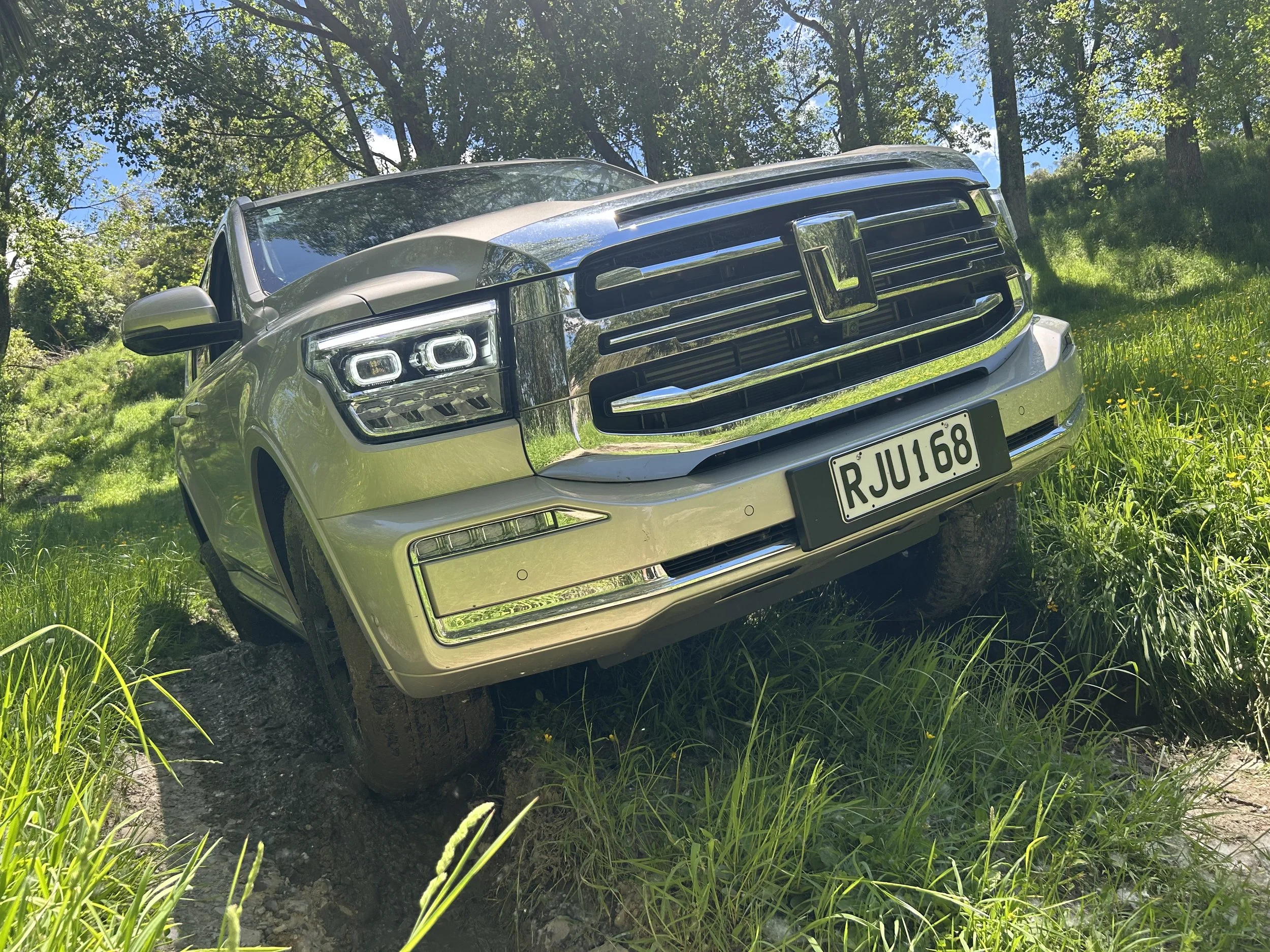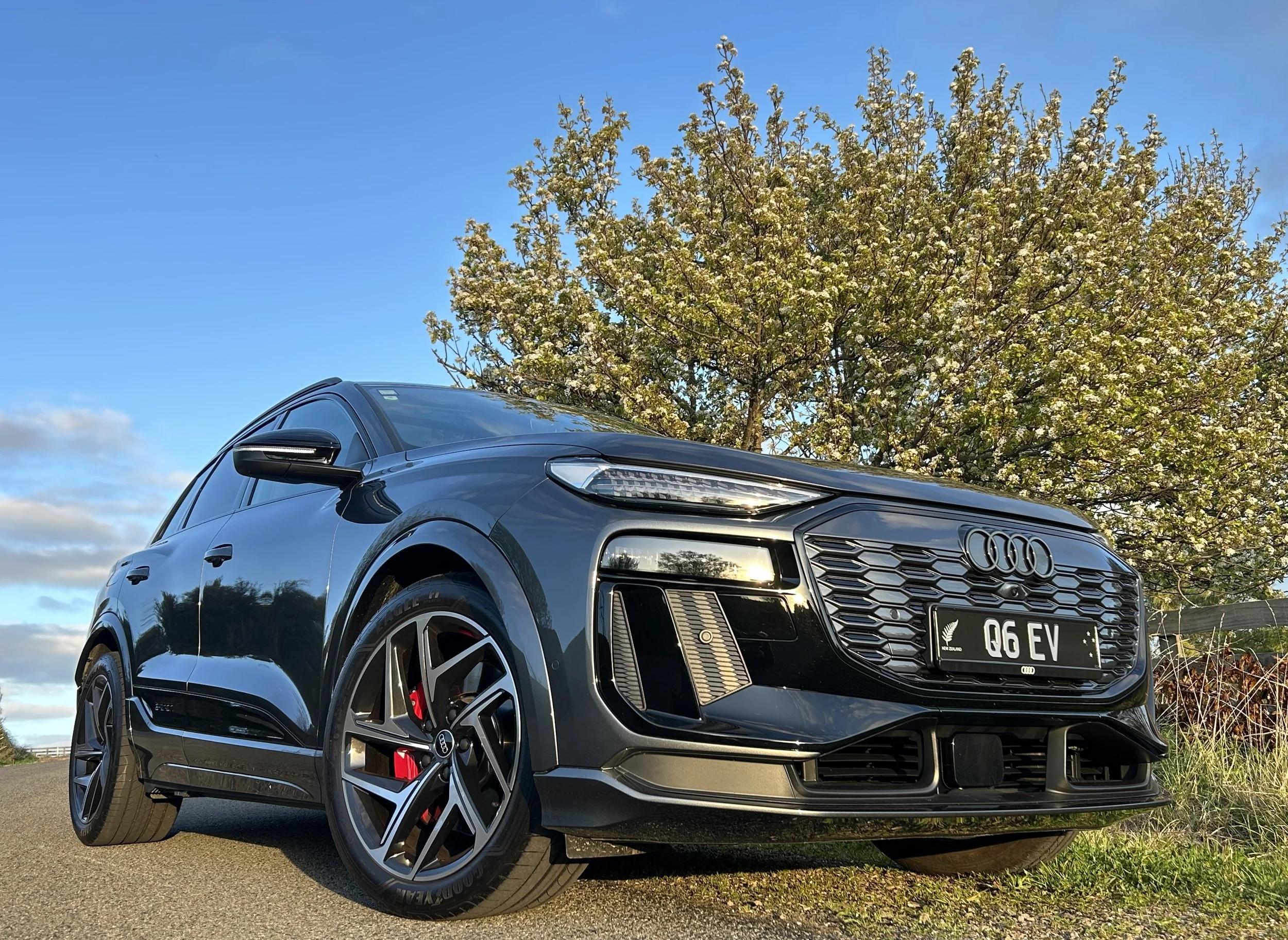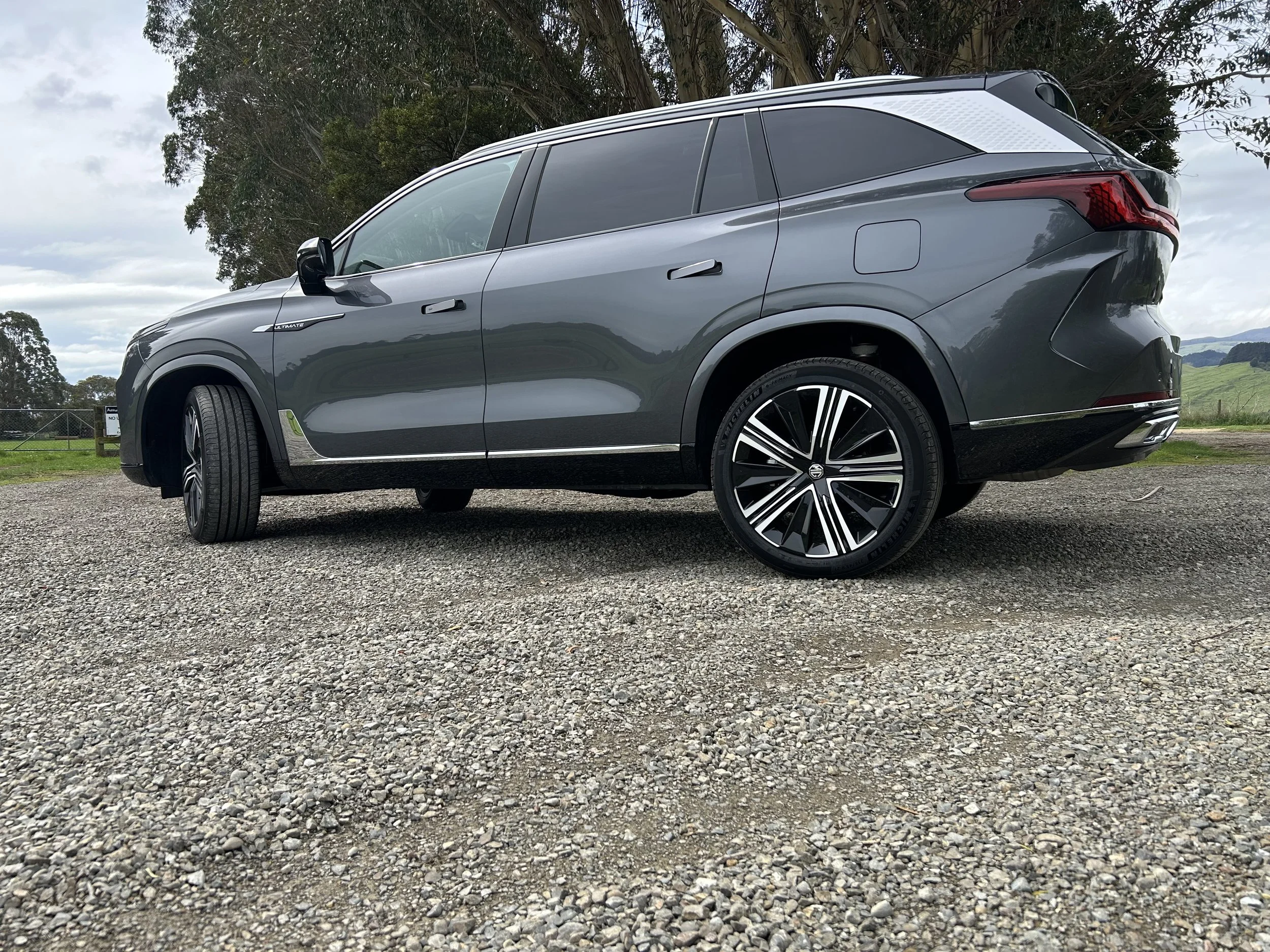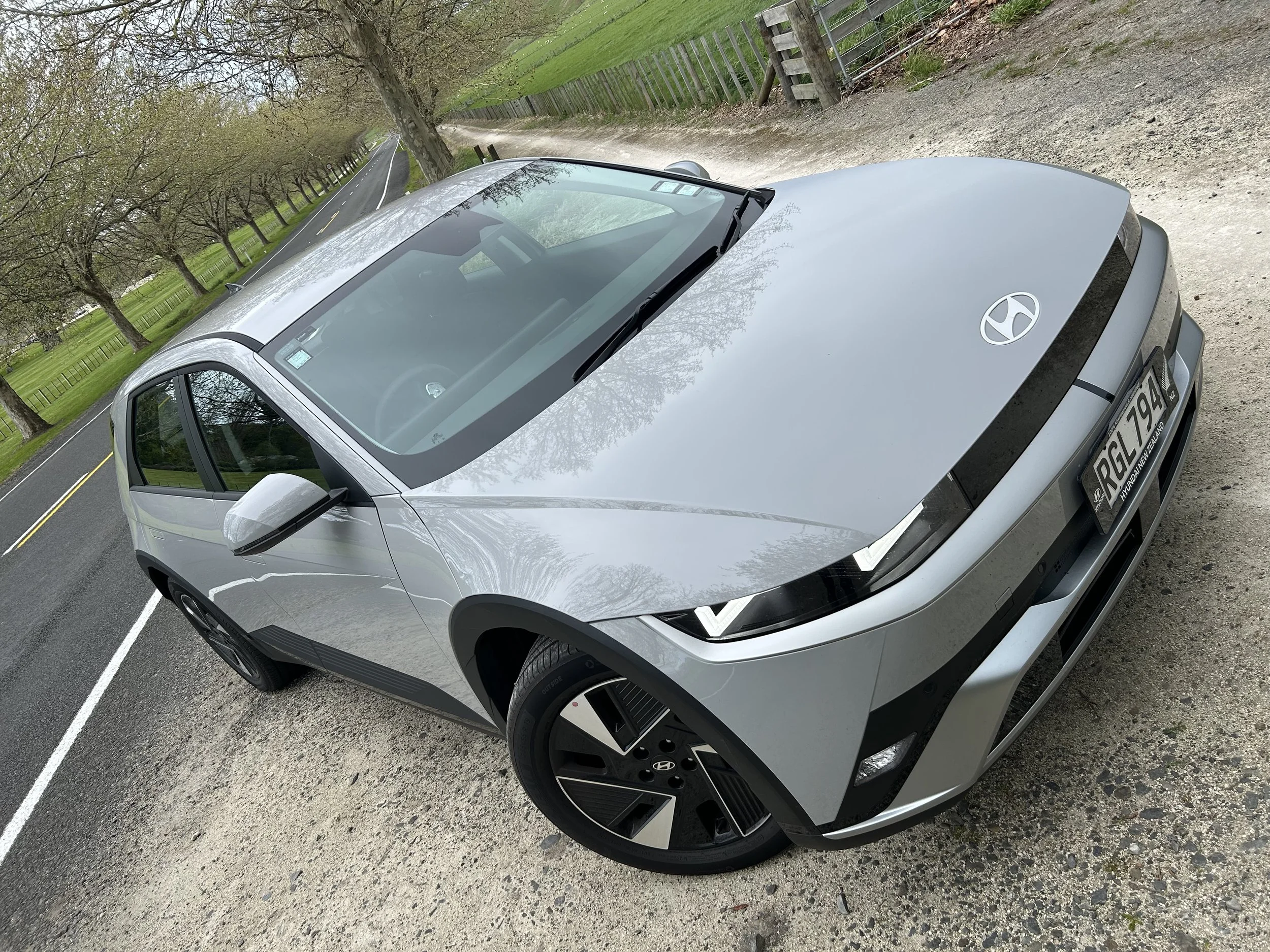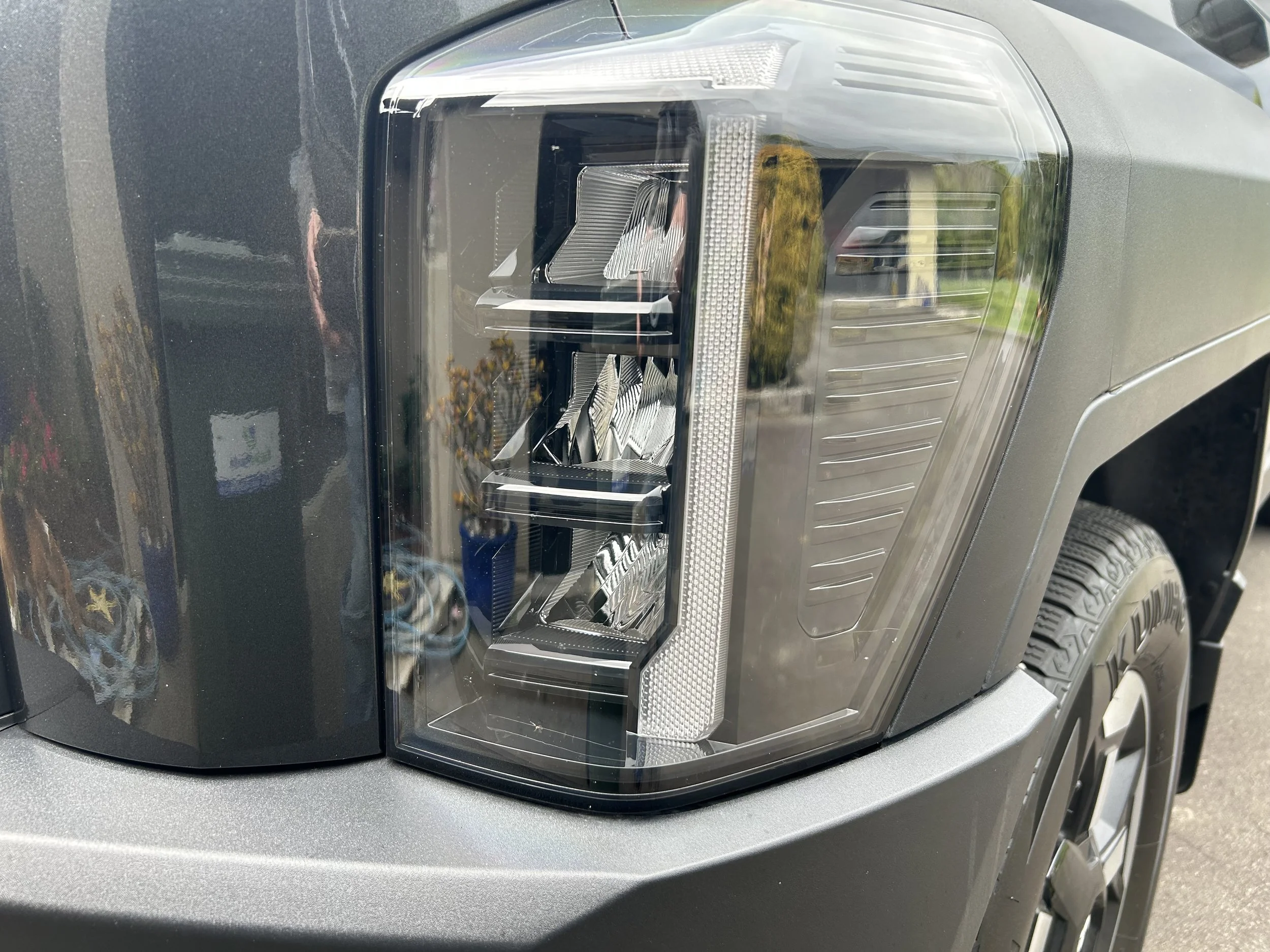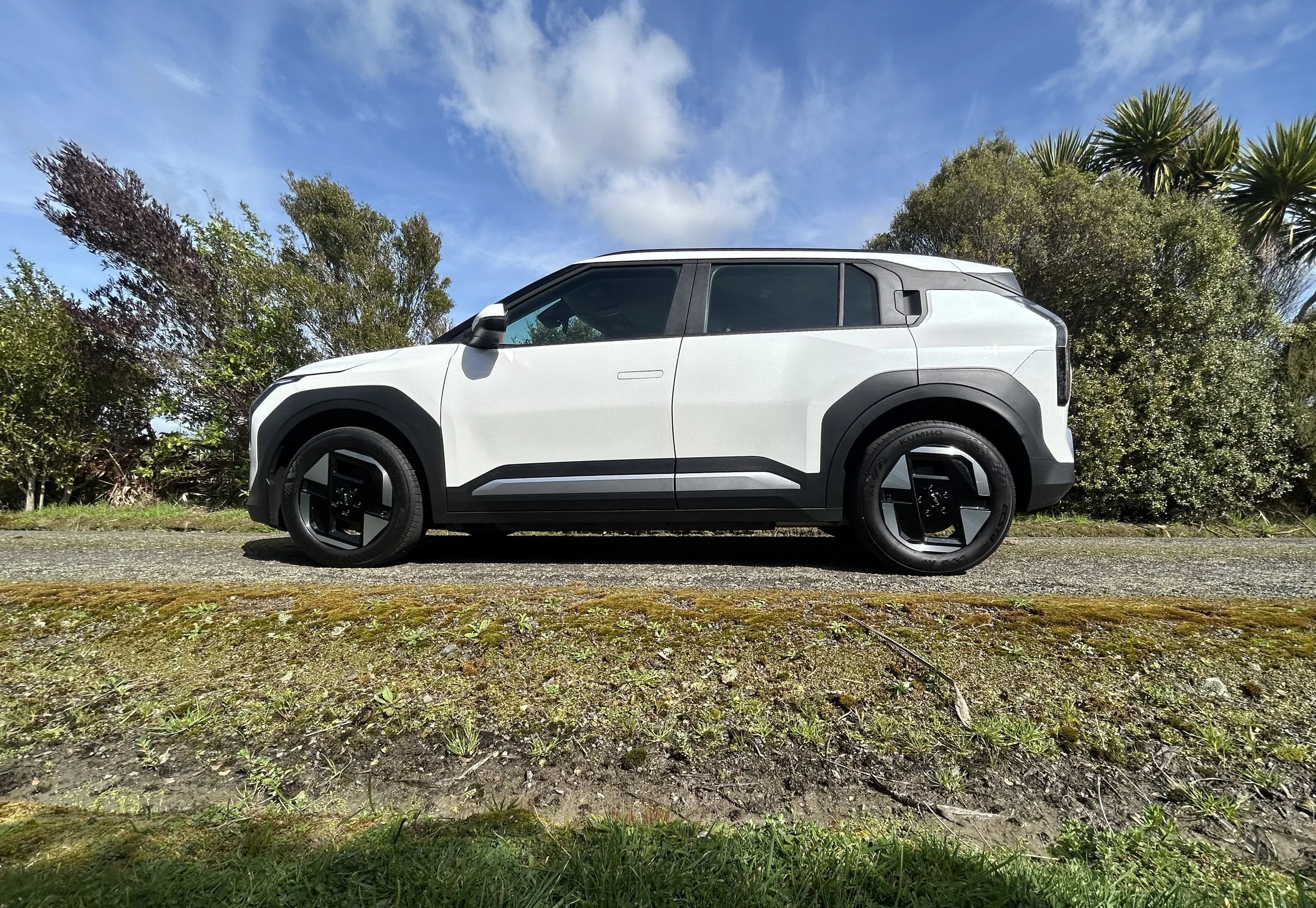Micra reborn - battery baby has French brio
/Nissan’s most petite electric yet takes on original Leaf’s city companion role.
NISSAN’S Micra, which enjoyed a run as a New Zealand new product from 2002 to 2010 but found greater success as a used import, has returned to life, as an electric car.
What chance of a return to New Zealand, where the present electric opportunity limits to the Ariya sports utility, but will soon also include the replacement for the Leaf, this also coming in SUV styling?
Nissan NZ marketing and communications manager Setti Mulari is impressed. “Micra is a brilliant product and we’re thrilled to see it return to the Nissan line-up.”
As for chance of seeing it represented s a NZ-new product? “At this time, Micra is available for European markets only.”
As these images show, the nameplate’s sixth generation is still a five-door hatchback. But it’s one that has bid adieu to petrol. It will be available with two battery sizes, but no internal combustion involvement.
Using the French word for ‘goodbye’ is appropriate in this Micra’s context because it’s also no longer a fully Japanese product, but one that shares much of its underpinnings and interior with the Renault 5 E-Tech electric.
The car forms part of a wave of new cars that Nissan plans to introduce over the next 18 months. These will include a fully electric Juke and an all-new Leaf EV reimagined as a crossover.
The alliance with Renault hasn’t kept Nissan from delivering Micra with a look that reprises the old car’s styling.
Those characterful circular LED daytime running lights at the front, which animate so the headlights at their centre perform a wink of sorts, are a direct reference to the old model having had oversized ‘eyes’.
Similar ring-shaped lights to the front are found at the rear and they're linked by a black strip across the boot lid that carries the Nissan wordmark.
“In designing the sixth generation of the Micra, we've celebrated all the values that have historically made it so popular - and opened a new chapter for Micra as an EV,” said Giovanny Arroba, vice president of Nissan Design Europe.
“We've also been able to integrate delightful details into the design, which owners will love. We're proud to have been able to bring the Micra into the EV age.”
The car’s interior is much like that of the Renault twin, but Nissan has been able to reference its homeland by incorporating a symbol of Mount Fuji made into the dash material.
Otherwise, and save for some Nissan badging on the steering wheel, it’s an all-but-identical layout and setup to the Renault’s.
There’s a pair of 10.1-inch digital displays, one that's configurable for the instruments and the other as a touchscreen for the infotainment system, angled slightly towards the driver.
The model runs wireless Android Auto and Apple CarPlay for smartphone mirroring, plus regular Bluetooth. The infotainment system is Google-based. In Europe and the UK it will update on route planning and charging stops and can activate battery pre-conditioning when it knows a recharge is planned in order to maximise the charging speed.
There's also a NissanConnect smartphone app that enables owners to cool or warm the cabin and check on other parameters of the car.
The smaller battery is a 40kWh unit that delivers a WLTP driving range of 310 kilometres. A 52kWh battery provides up to 408 kilometres of driving range and also gets a 100kW DC-charging rate.
In performance terms, the 40kWh Micra gets a 91kW/225Nm electric motor driving the front wheels. With the larger 52kWh battery there is a 112/245Nm motor instead. A heat pump is standard to improve efficiency.
Fast DC charging of the smaller 40kWh battery is restricted to 80kW but due to the size differences both batteries will charge from 10 to 80 percent in 30 minutes at their maximum speeds.
Thought it has open road aptitude, the car is considered to be primarily for city and urban users, the same role Nissan envisaged for the Leaf in its original 24kWh format. Not that NZ owners of that car tend to respect this.
Micra owners will also be able to power devices from the car's drive battery thanks to its V2L (Vehicle-to-Load) capability. Nissan suggests everything from a laptop to an electric lawnmower or vacuum cleaner could be powered via an adaptor connected to the charging socket.
Though designed as a small, city-optimal car, it has a decent interior including a useful 326 litres of boot space. Dropping the 40:60 split-fold rear seats boosts the cargo capacity to 1106 litres.










